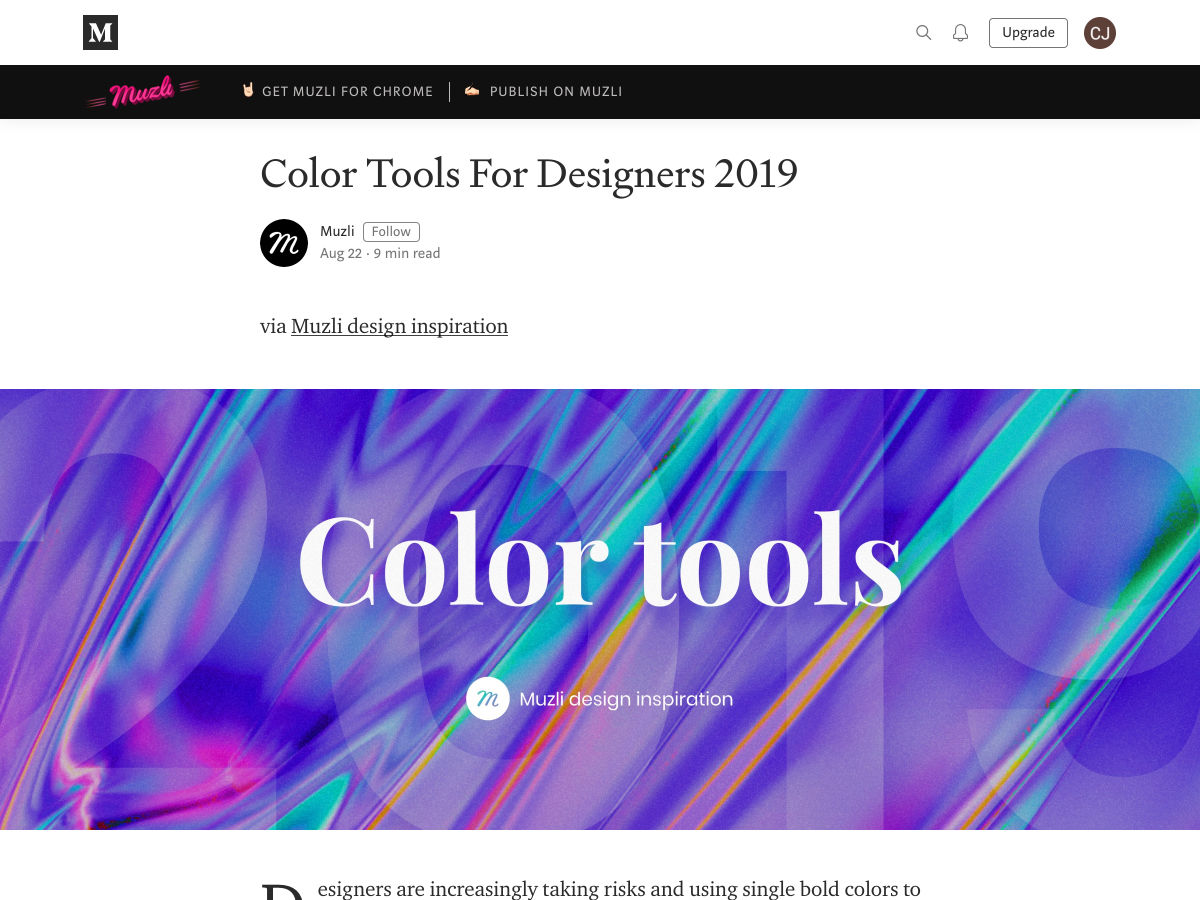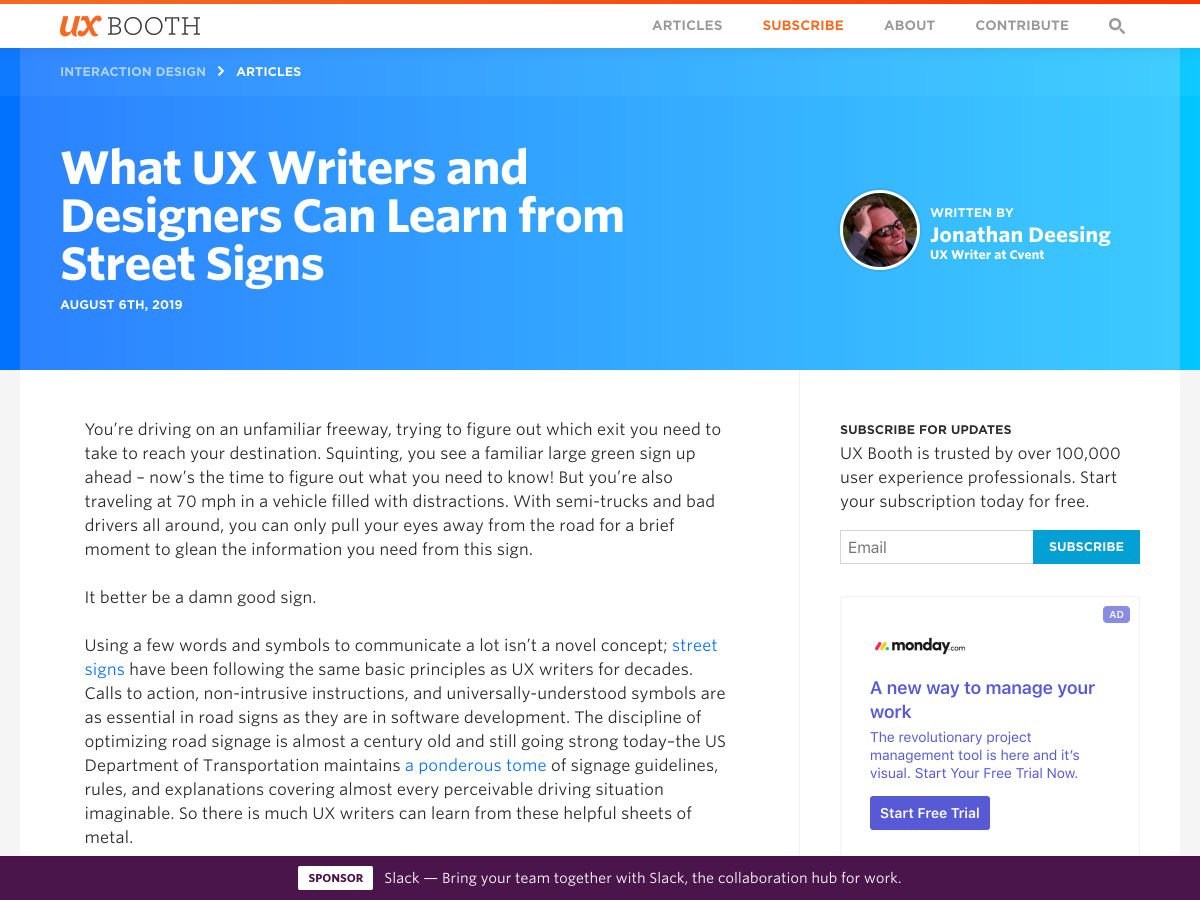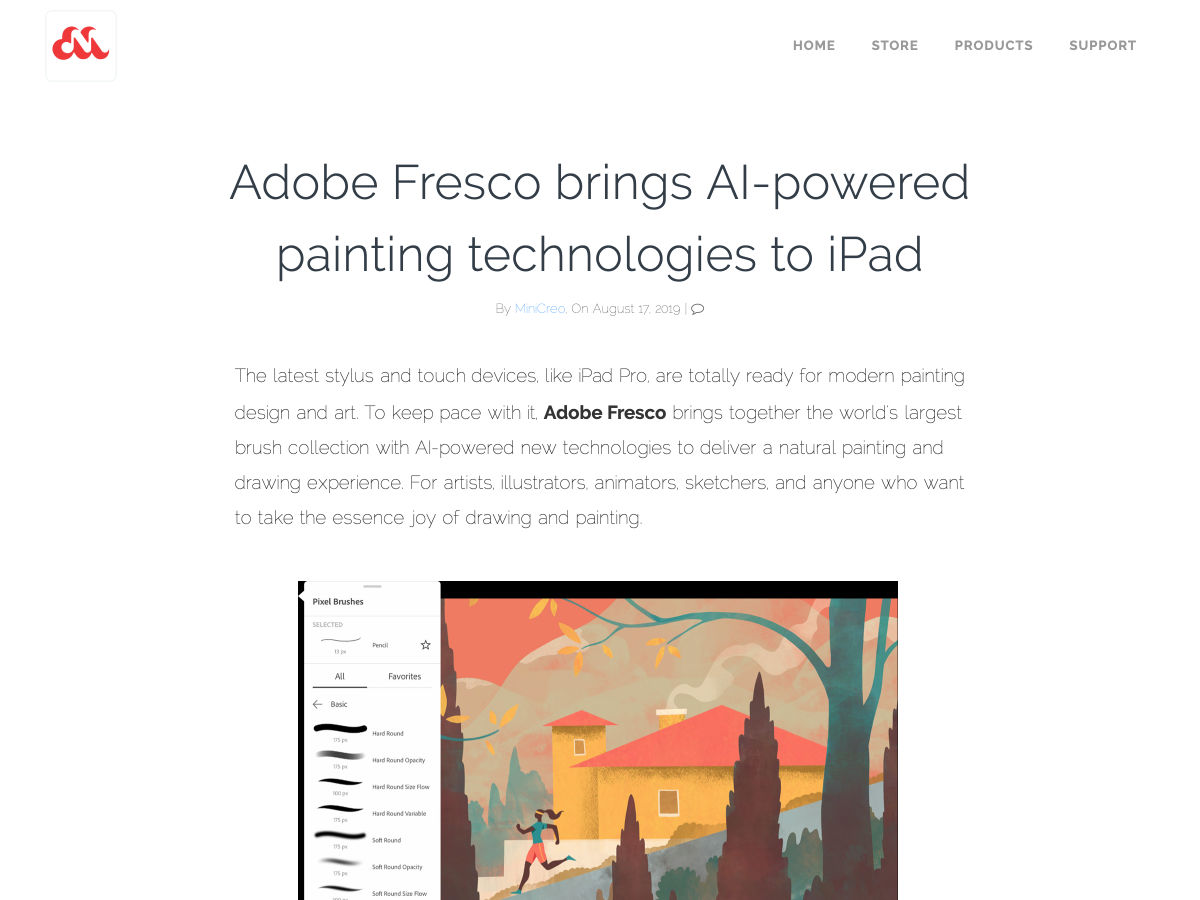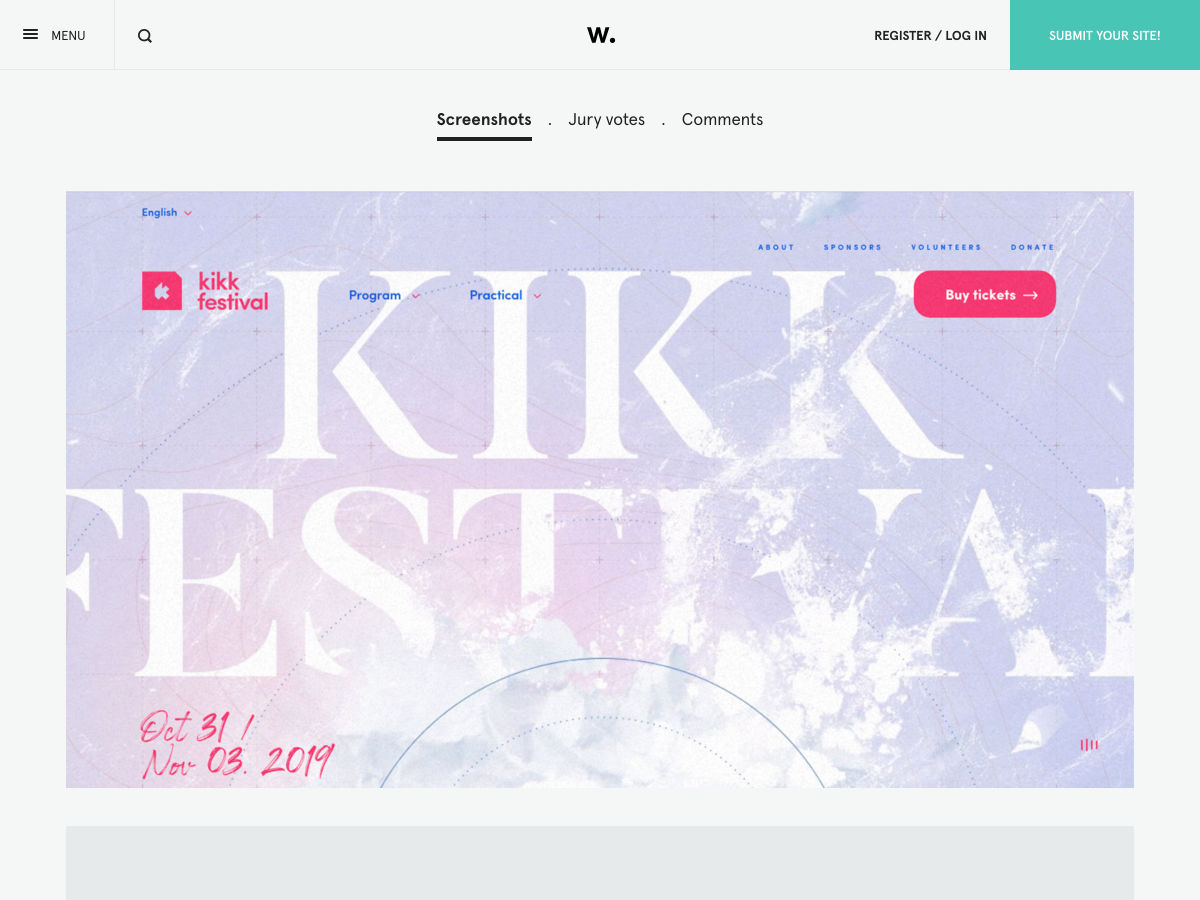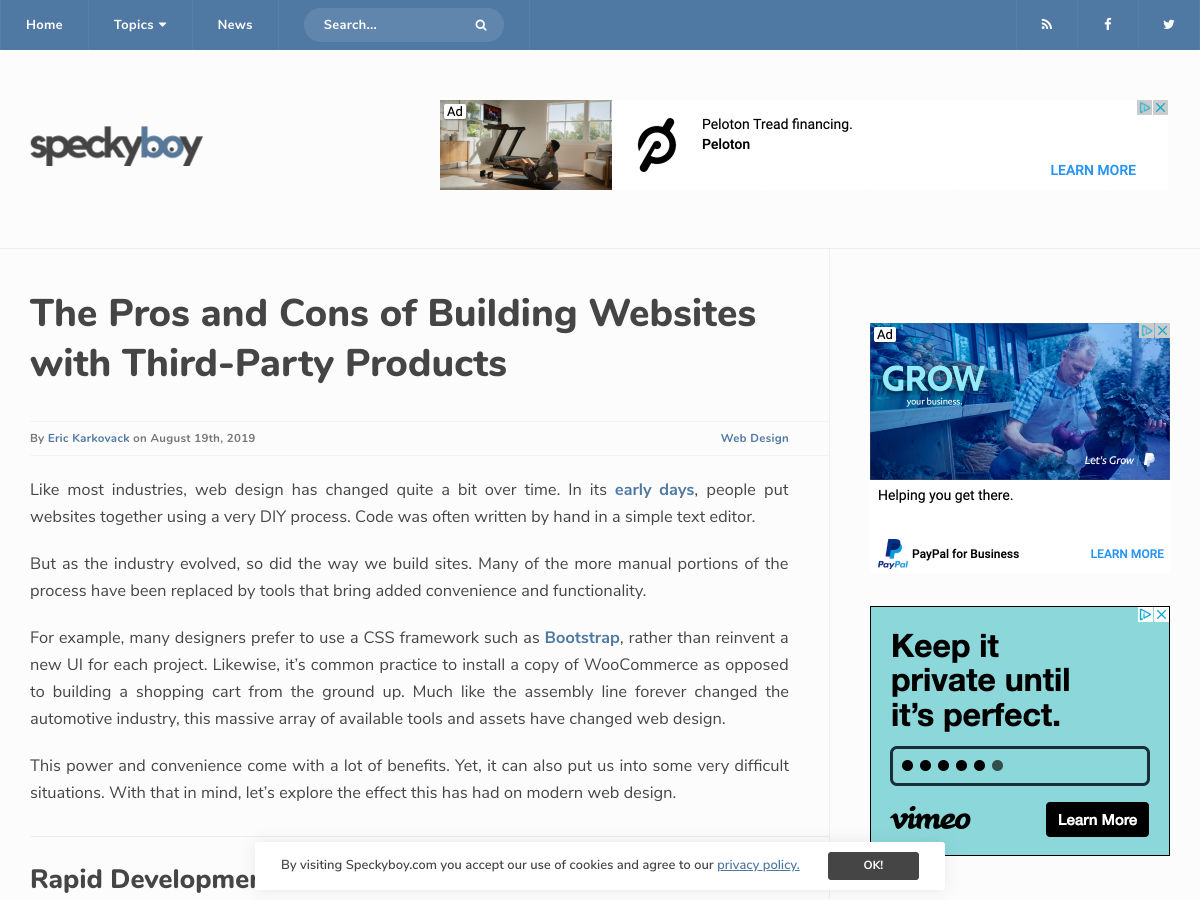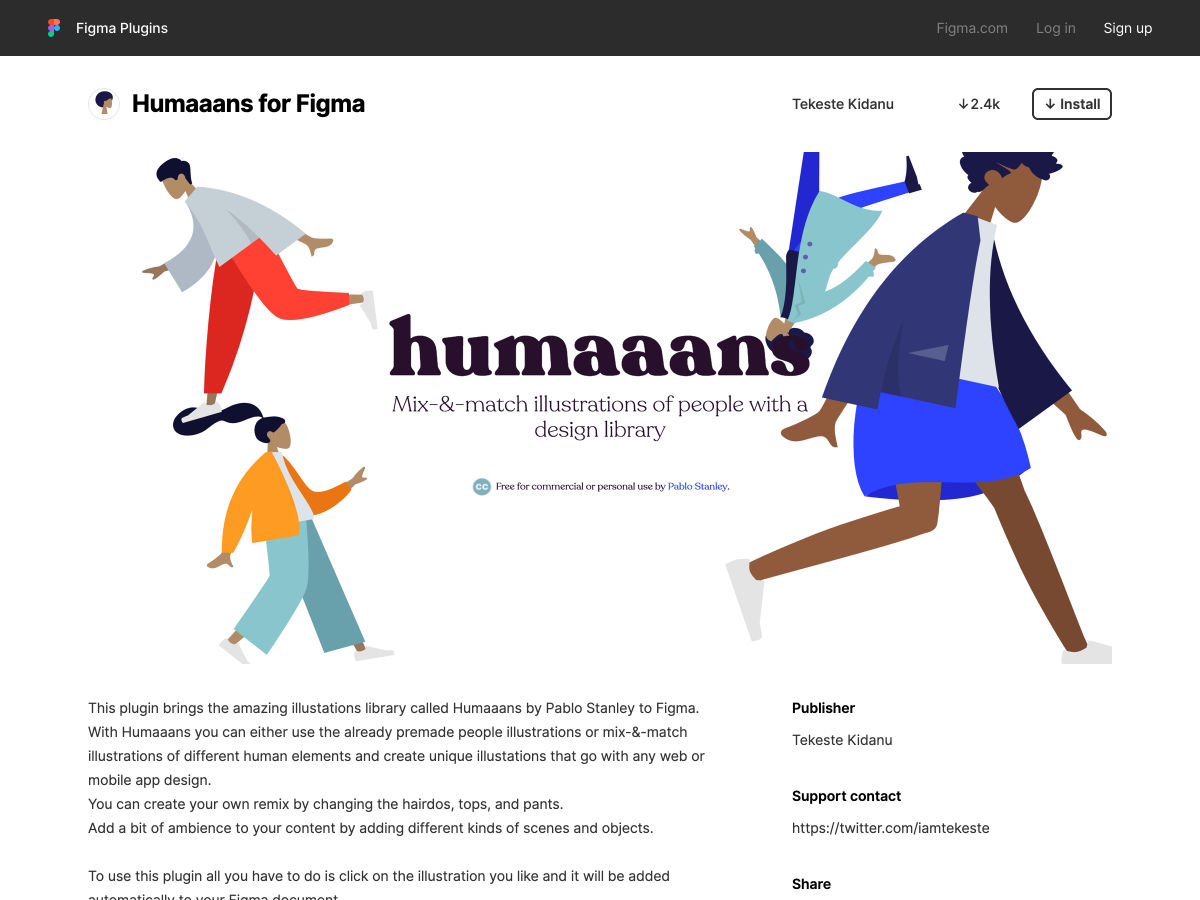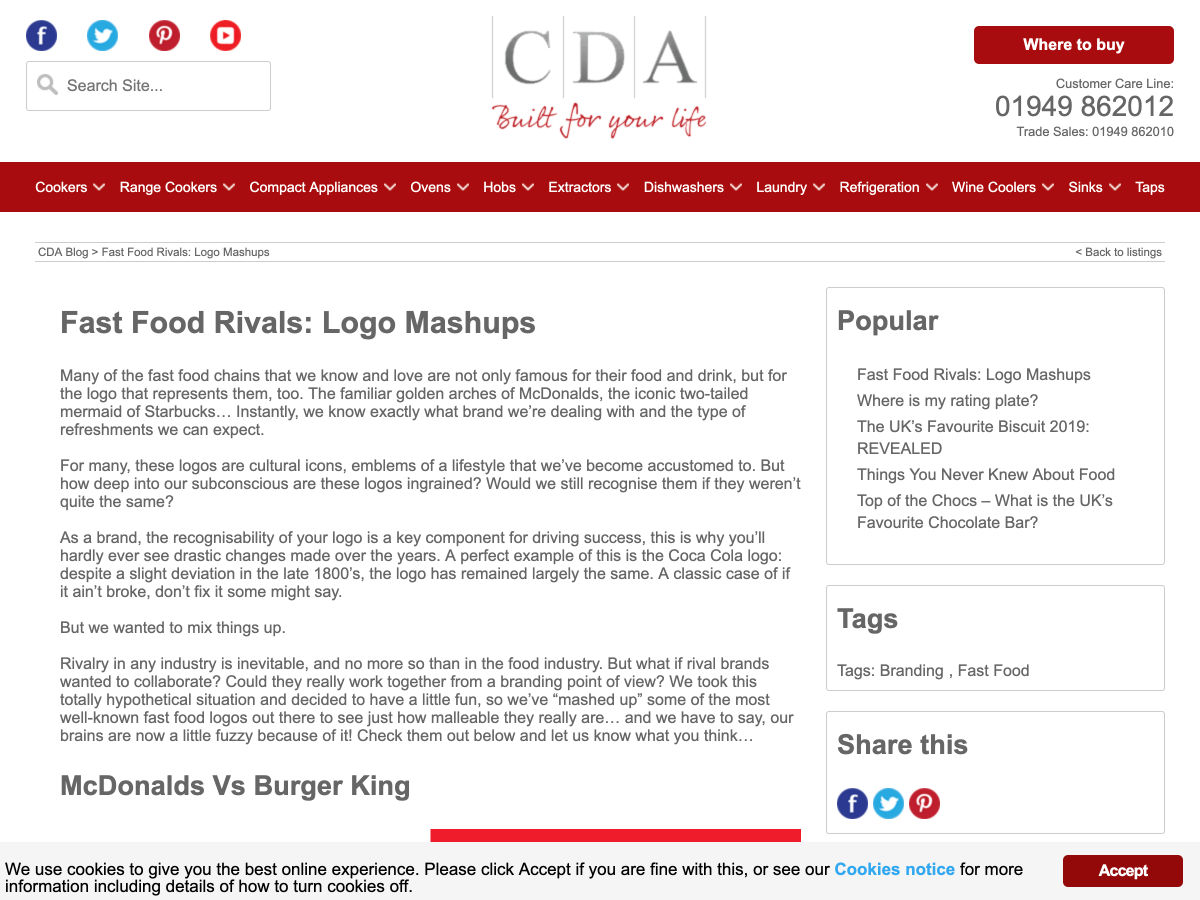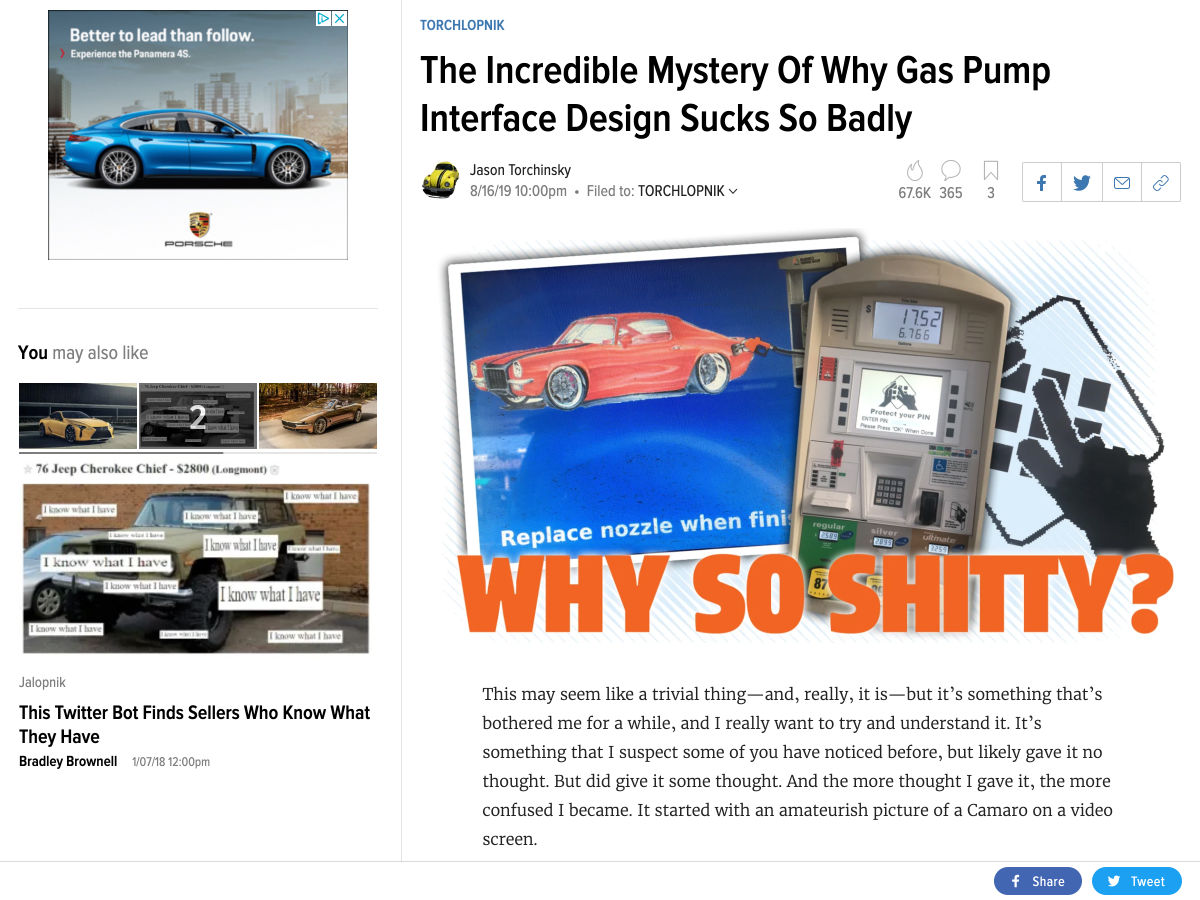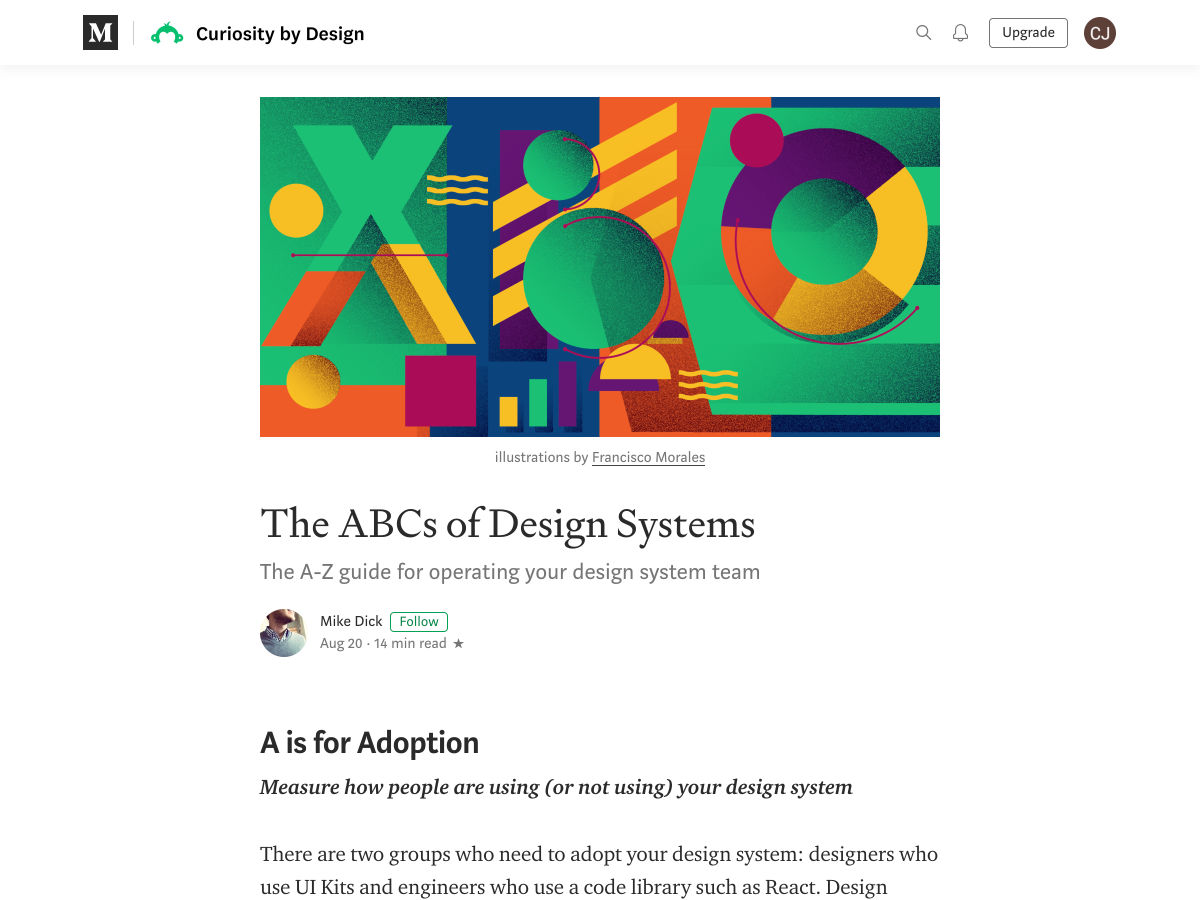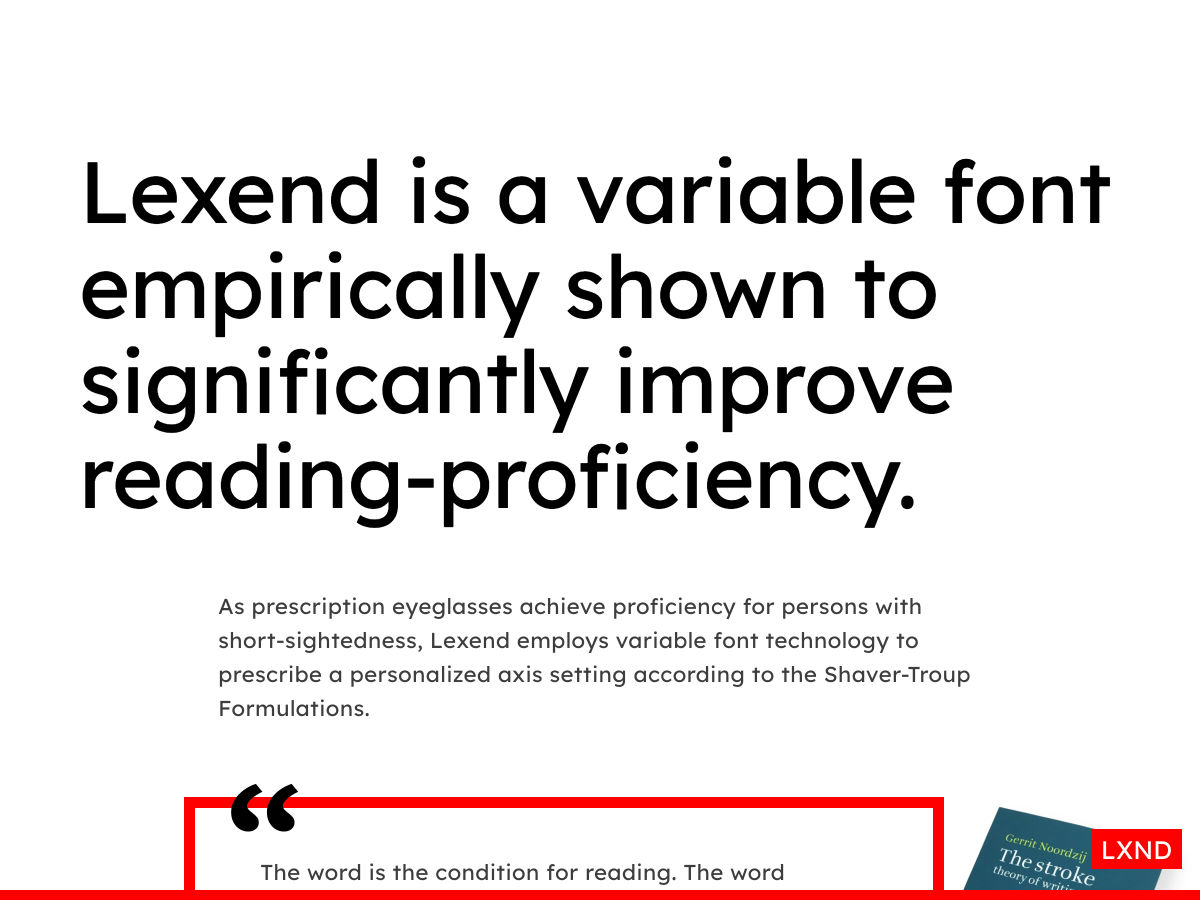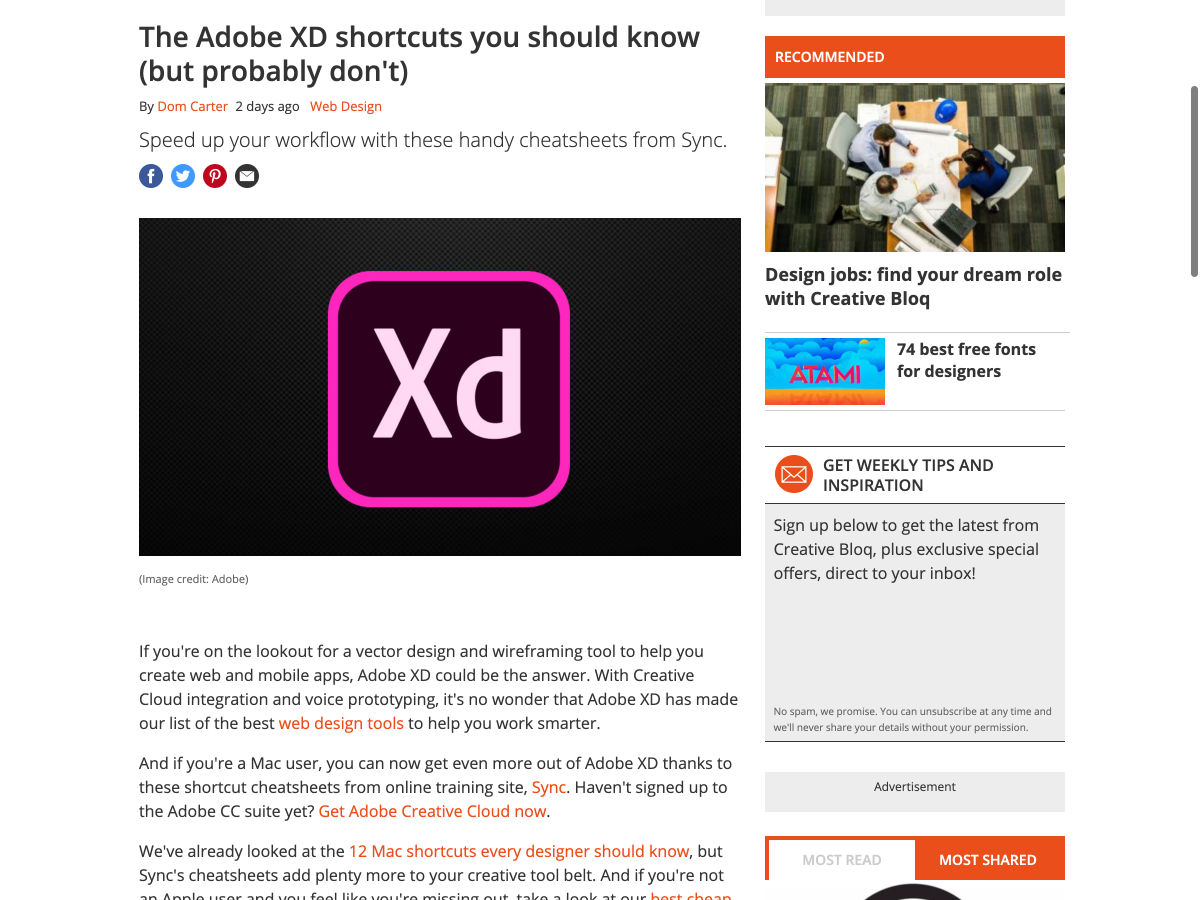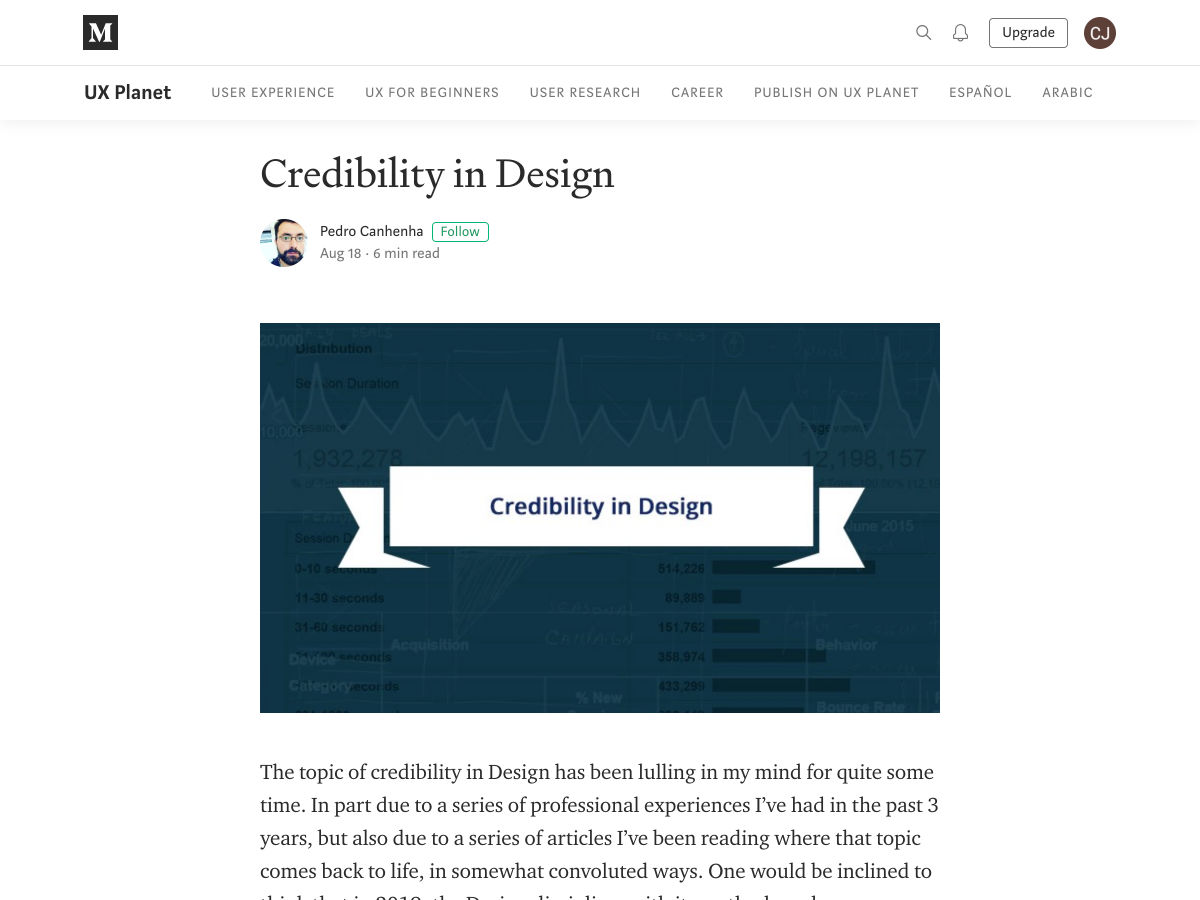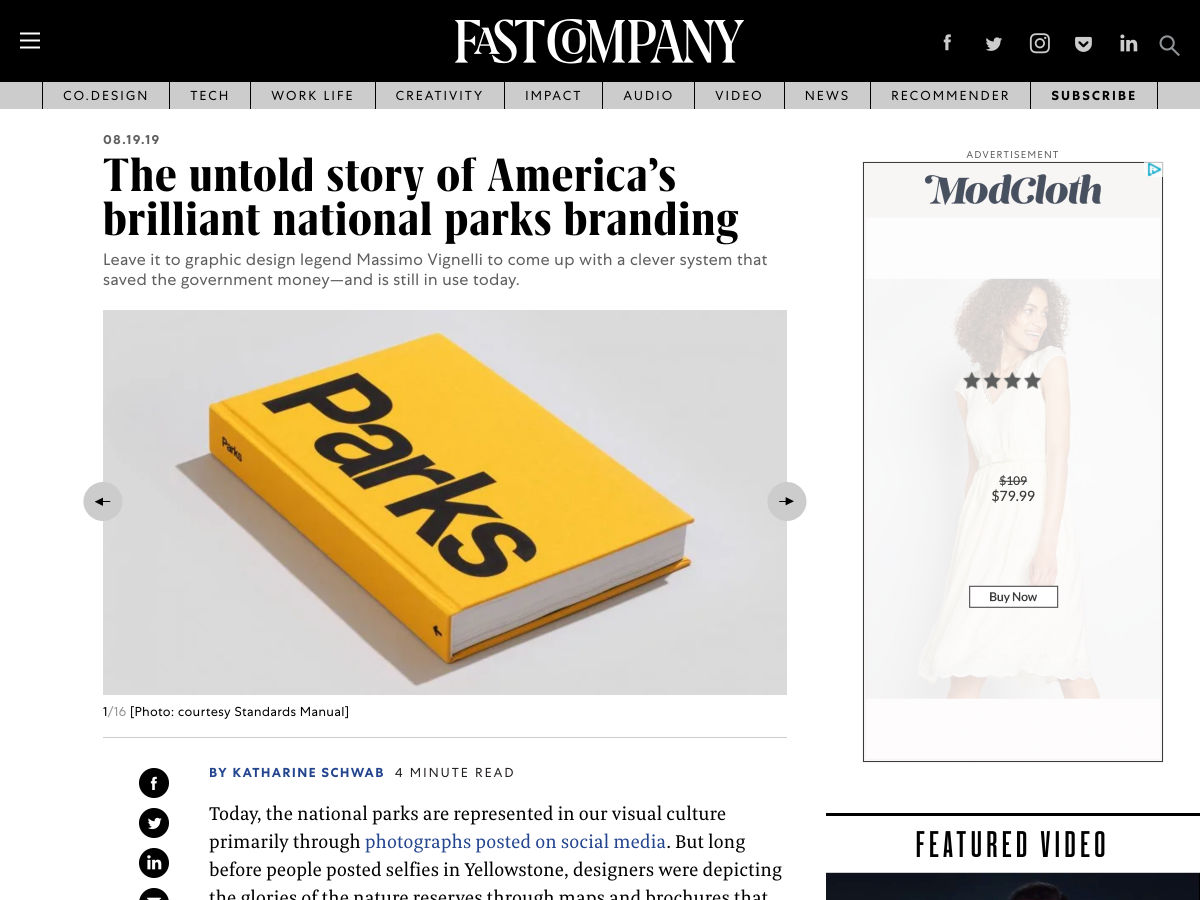 Designing mid-level feature pages is one of the hardest parts of building or revamping your website. How do you divide your business into neat, tidy sections? How many categories should you use? Does it make sense to combine this feature with that one? How do you find the optimal balance of text, images and graphics? What keywords should you target? Are you building these pages for humans to buy your products or search engine crawlers to rank you higher?
Designing mid-level feature pages is one of the hardest parts of building or revamping your website. How do you divide your business into neat, tidy sections? How many categories should you use? Does it make sense to combine this feature with that one? How do you find the optimal balance of text, images and graphics? What keywords should you target? Are you building these pages for humans to buy your products or search engine crawlers to rank you higher?
I could go on, but it’s a safe bet that your head is already spinning. Developing the optimal information architecture design for your business can be a major struggle — but it’s definitely one worth putting the time, energy and resources into getting right.
Here are six tips to design better mid-level feature pages:
1. Organise Your Information Architecture into the Right Categories
Instead of rushing to get a new website up as fast as you can, spend some time thinking deeply about natural categories that align with your products, services, and core values. An hour’s brainstorm and quick sketch will probably not suffice here.
proper due-diligence before building out mid-level pages will save you countless headaches down the road
Discuss with your team. Look at your competitors’ sites. Consult an SEO consulting service. Think about providing your customer with the best possible browsing experience. Consider the most important keywords that you want to rank for. Doing proper due-diligence before building out mid-level pages will save you countless headaches down the road.
When we started building mid-level feature pages for our PDF SaaS app, we thought long and hard about how to organise mid-level feature pages so users could access the information that they were seeking quickly and intuitively. After a ton of research and countless conversations with people who brought different vantage points, we decided on three overarching feature page categories: “Create PDF,” “Edit PDF,” and “Convert PDF.” These broad categories covered the three main services that we provide and allowed the flexibility for us to build out 22 more specialised mid-level pages for specific features like compression, and format conversion.
2. Keep it Simple
You are passionate about your business and want to share your whole story with prospective clients. It’s natural to try to include everything on your mid-level feature pages, but that is a recipe for clutter and confusion. Design a clean, consistent markup that includes a healthy balance of text, images and infographics. Readers tend to skim (or completely skip) text-heavy sections. Try to use bullets, integrate graphics and err on the side of brevity whenever possible.
Make sure that your layouts are consistent across all mid-level pages. People usually notice different layouts on similar level pages. Whether they note the differences consciously or not, the inconsistencies give off an unprofessional vibe and should be smoothed out before going live. We developed a template that was easy to replicate for each additional mid-level page. Each mid-level page follows the same blueprint which simplifies navigation:
- a header
- a drag-and-drop upload button
- three steps of directions
- two or three images
- a brief explanation of the specific feature
- options to explore other features near the bottom of the page
3. Match Each Mid-Level Page With a Primary Keyword That You’re Targeting
Keyword research is an essential step in constructing effective information architecture. Knowing the most important search terms that you want to rank for will help you develop site structure and content that drives the right traffic to your site and keeps it there. There are lots of good tools out there to research search volume and identify related keywords. We used Google Keyword Planner, SEMRush, CanIRank and a few other keyword research tools to figure out the most valuable keywords we should go after. One of the nice things about these three tools is that they give you search volume reports on related keywords as well. Oftentimes, the keyword you expected to be best actually isn’t, and a similar iteration turns out to be a better fit.
Most of us seasoned website architects aim to match each mid-level feature page with a high-volume keyword that is valuable to our business. By targeting specific related keywords, you are signalling to Google and other search engines what your website is about, and building topical relevance for your site. As you build out multiple mid-level pages targeting specific keywords related to your business, you will boost both your page relevancy (for each individual page) and overall website relevancy. This will help you improve your SERP rankings for the keywords that matter most to your business and drive traffic into your conversion funnel.
Remember to have only one primary keyword per page. The primary keyword should be featured prominently in your H1 header and also used consistently throughout the page. In addition, you should include several “secondary” keywords that are related to the primary keywords. Using your favorite keyword research tool, identify a primary keyword, several secondary keywords, and other related keywords to build your page around. Be cognizant not to have separate mid-level pages targeting similar keywords. It’s easy to have two pages “cannibalisze” each other — which will drive both pages’ rankings down.
4. Include a Clear, Catchy, Concise Call-to-Action
You’ve designed the perfect information architecture, done your keyword research, matched each page to a high-volume keyword, and written stellar content that includes the right balance of keywords. Finally, it’s time to let out a big sigh of relief, right? Well, not exactly. After doing all this work, it would be a shame not to nail your call-to-action.
After doing all this work, it would be a shame not to nail your call-to-action
After all, your goal is not merely to get traffic to visit and stay on your mid-level page; it’s to move them further down the conversion funnel and actually buy your product or service! Be strategic with your language and graphics to encourage users to try out your service, sign-up for your newsletter, enter a contest, share on social media or take whatever action you want them to take. We have a big “Click to upload” button at the top of the page for users who just want to take action quickly without reading in more detail about the feature. For more investigative readers, we have other “Upload your file” buttons conveniently positioned in the middle of the page content. Our goal is to make using our software so simple and intuitive that users always can easily navigate their way further down the conversion funnel.
5. Design For Your Audience(s)
So in this long haul of building mid-level pages, are search engines or humans our primary audience? Reasonable minds disagree on this one, but for our purposes today, I recommend targeting both — because you will not be successful targeting one but not the other.
Think about the key steps in your customer’s journey. She hears about a cool new product that you sell and decides to check it out. She searches for it on Google. If your page isn’t optimized properly to rank highly and catch her eye, it really doesn’t matter how amazing or persuasive your content is. Conversely, if your page is optimized to rank atop page 1 but includes a lacklustre call-to-action, you will have a high bounce rate and fail to convert in ways that bring your business tangible value.
Always keep the big picture in mind and design your mid-level feature pages to meet the needs of search engines and humans.
Featured image via DepositPhotos.
p img {display:inline-block; margin-right:10px;}
.alignleft {float:left;}
p.showcase {clear:both;}
body#browserfriendly p, body#podcast p, div#emailbody p{margin:0;}
from Webdesigner Depot https://ift.tt/2zzgW8E
from WordPress https://ift.tt/2LiQ3LJ


 Iconic comedy duo Mitchell and Webb
Iconic comedy duo Mitchell and Webb 

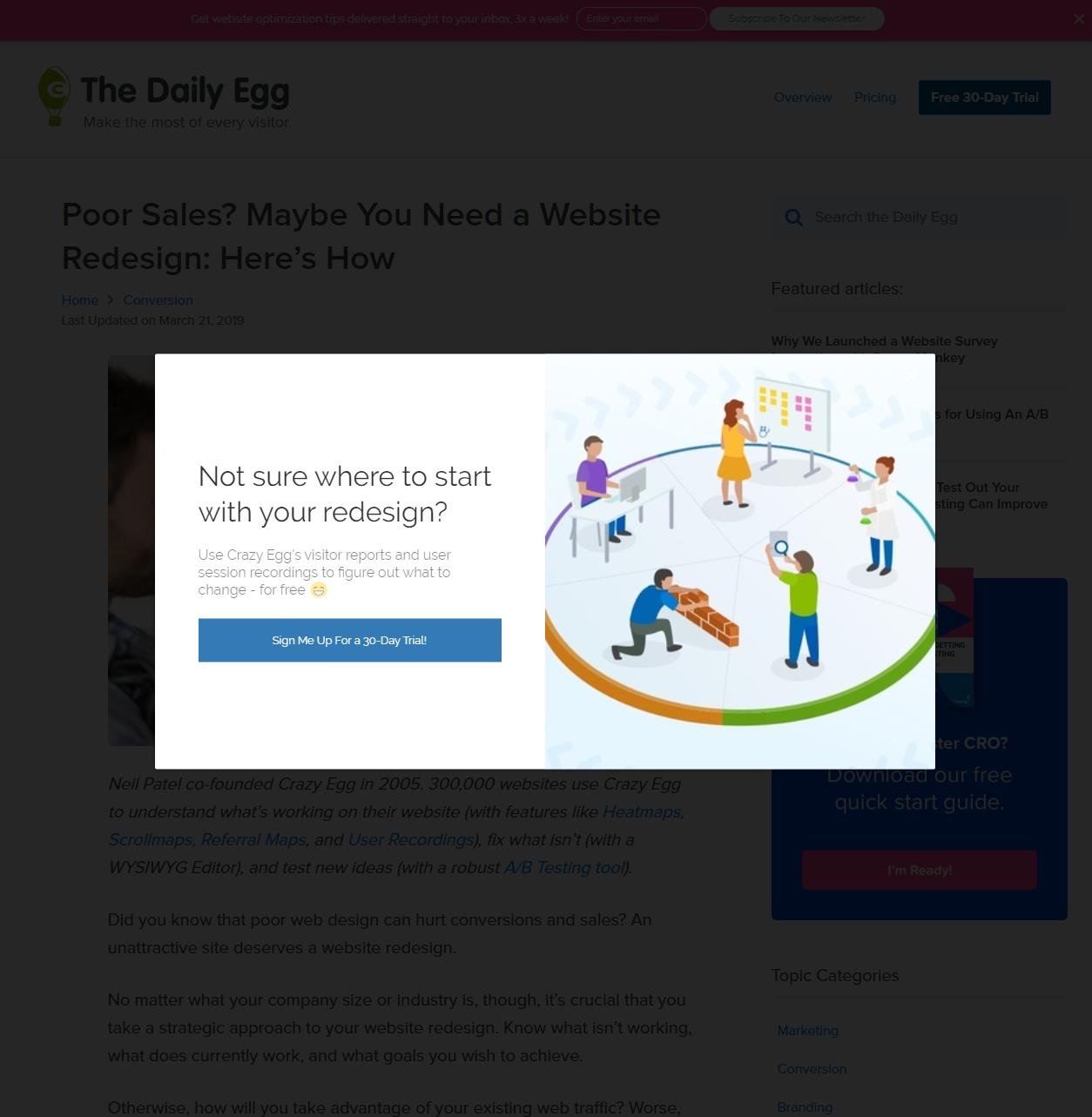
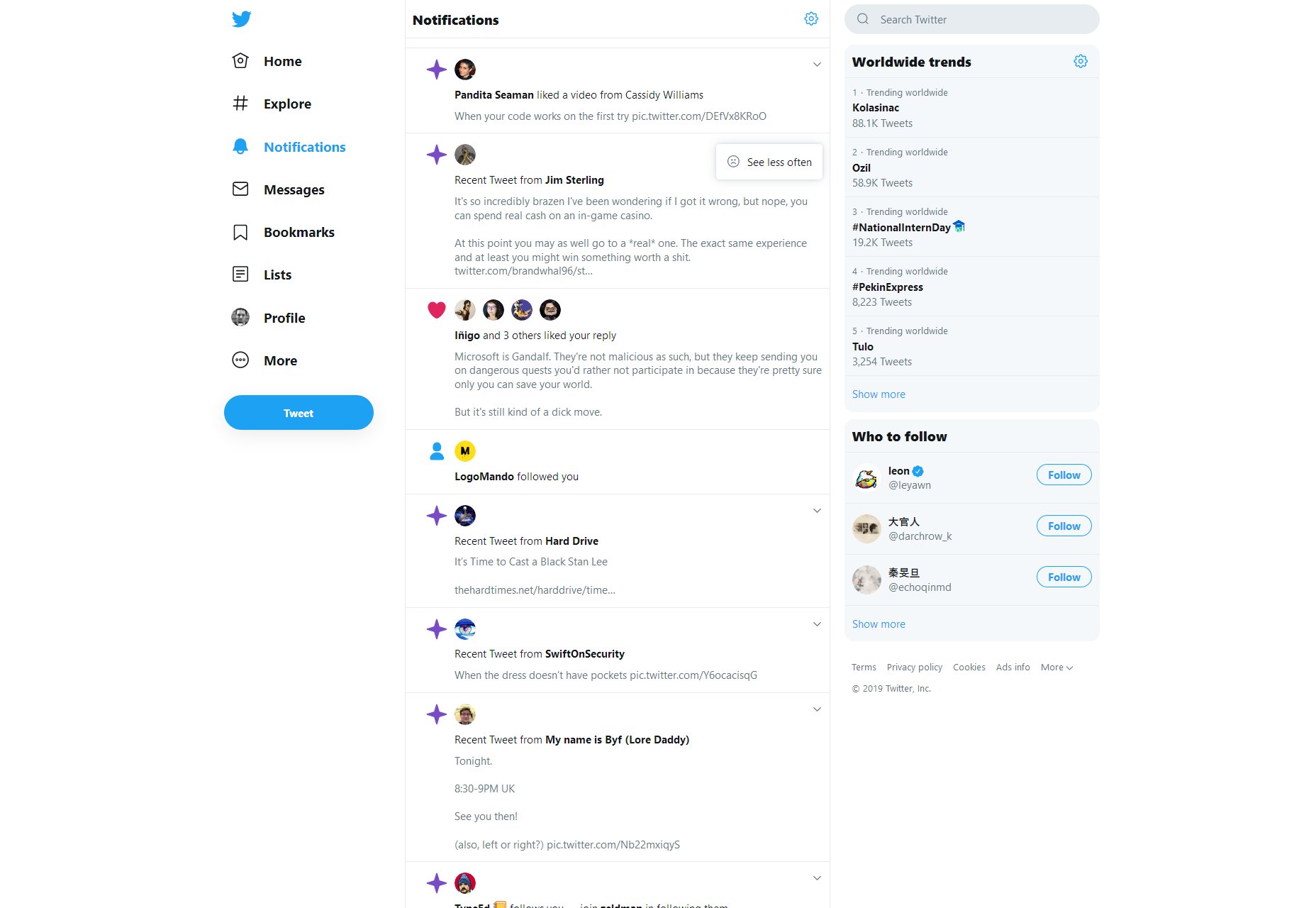
 My name is Suzanne Scacca and I am a tool snob.
My name is Suzanne Scacca and I am a tool snob. 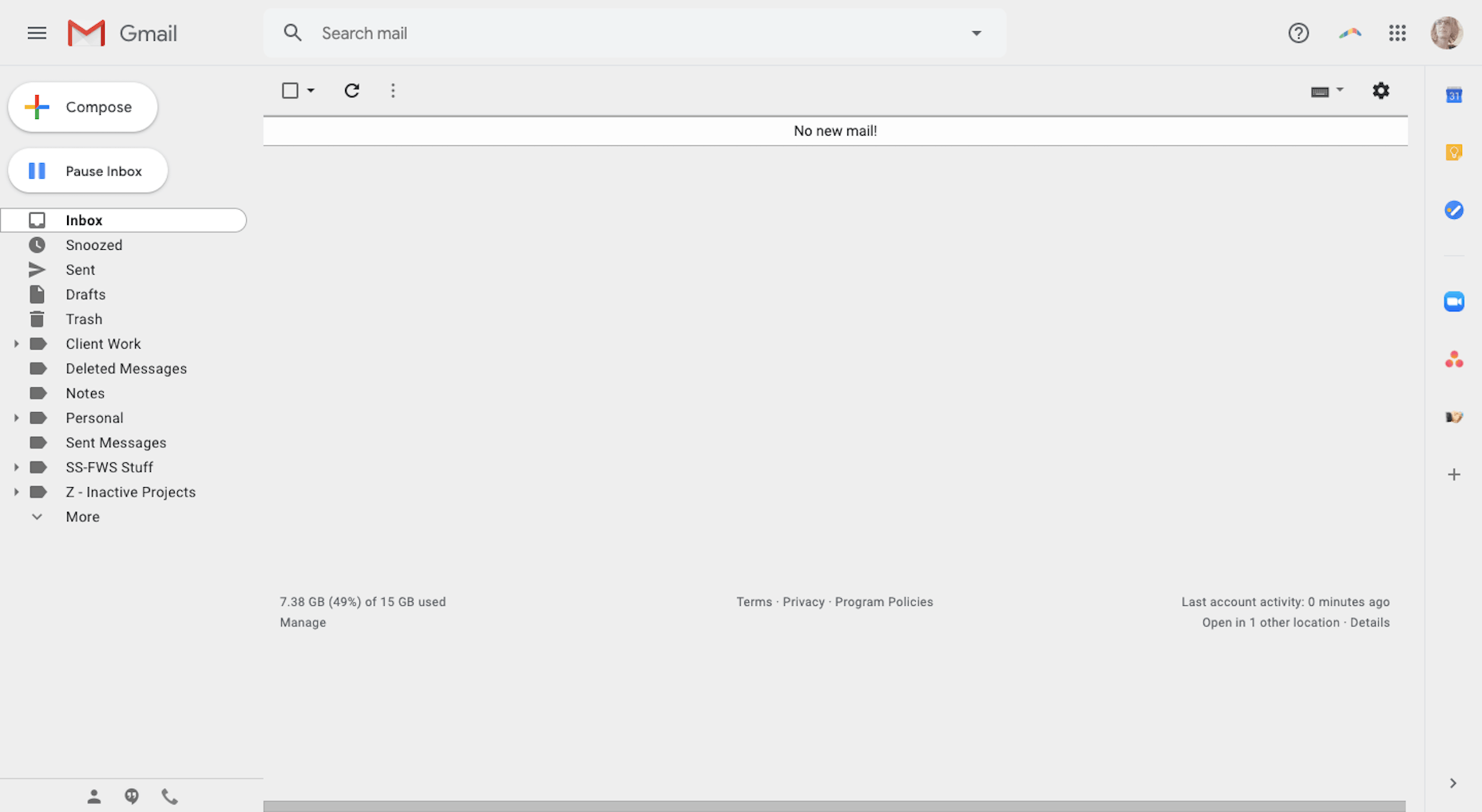
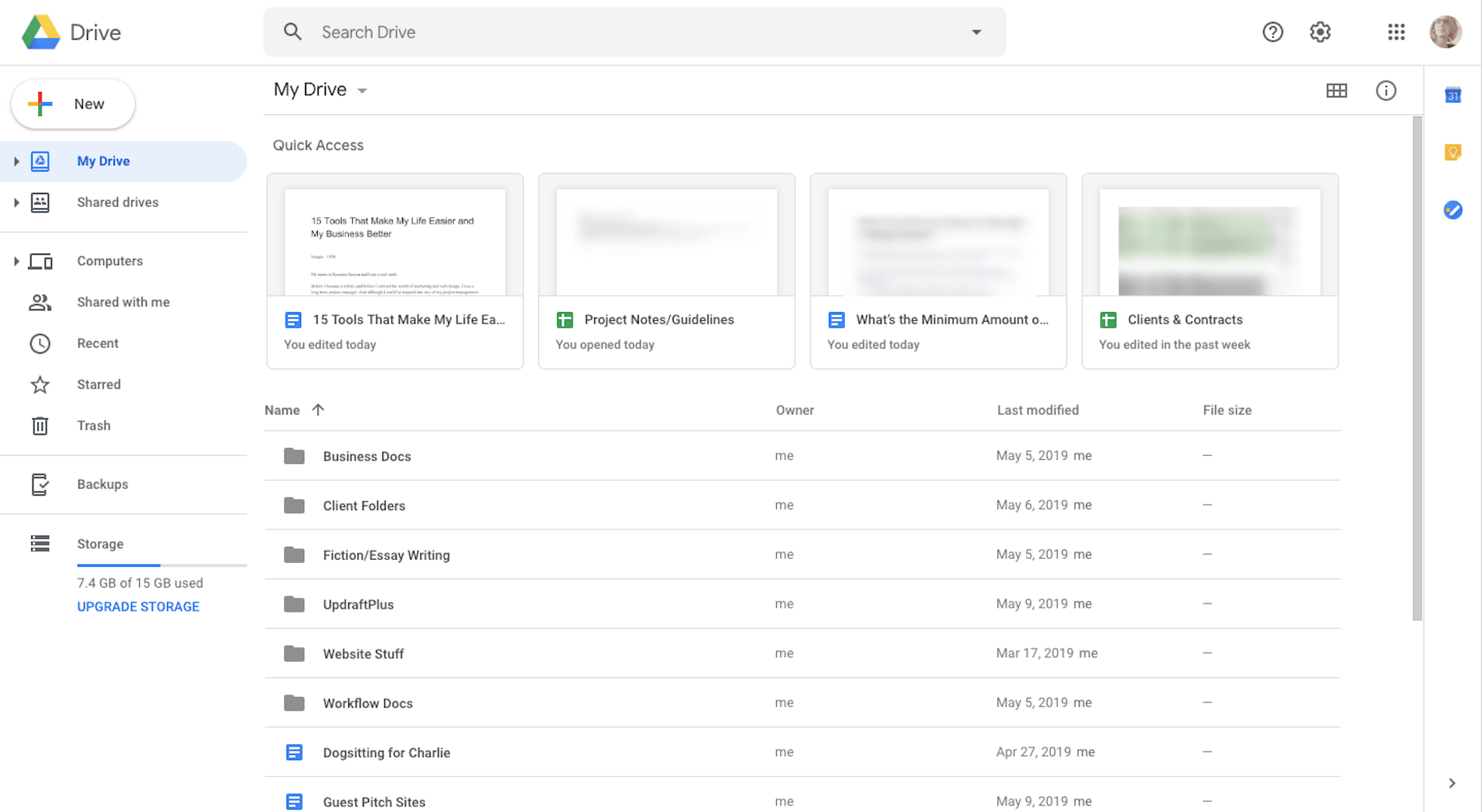
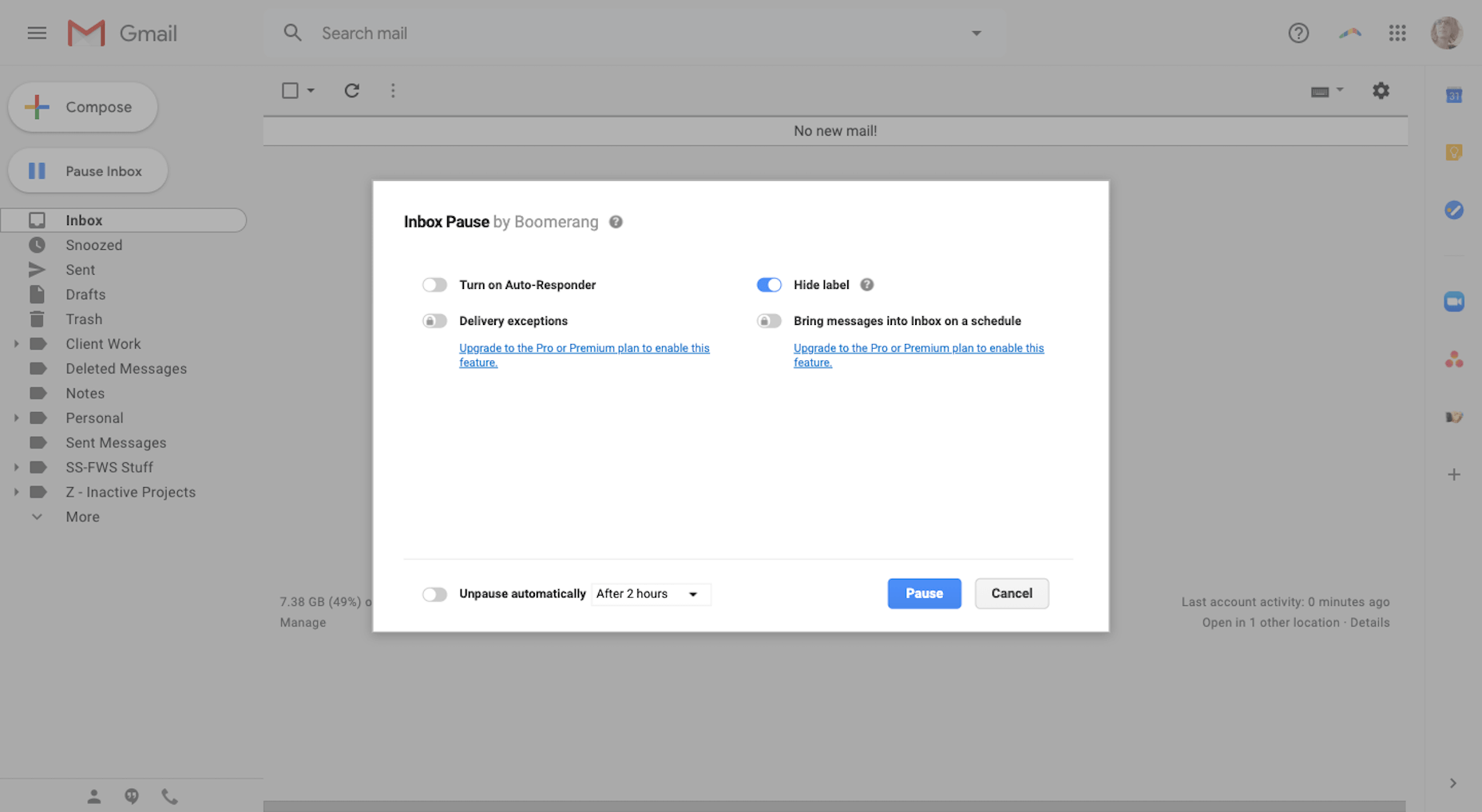
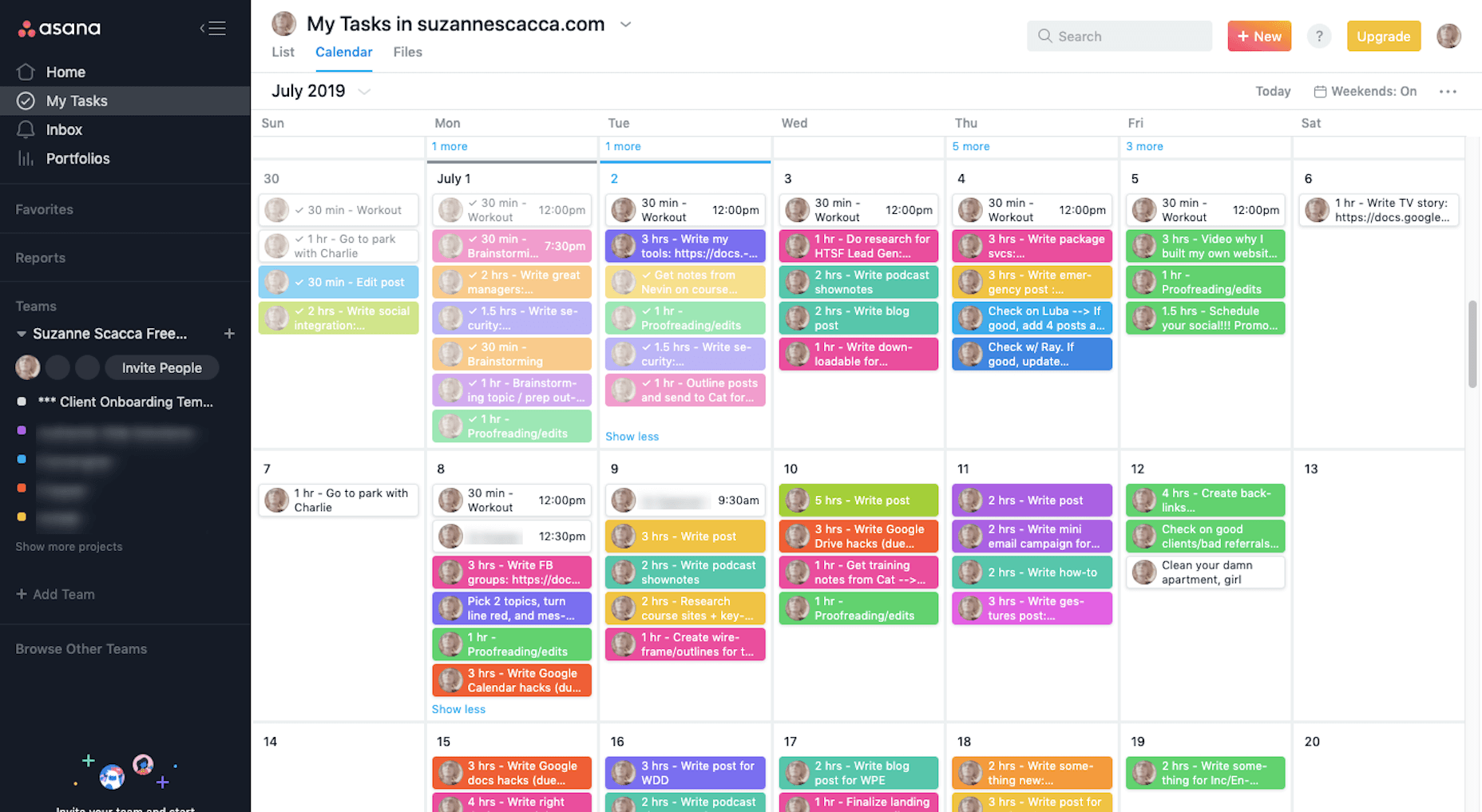
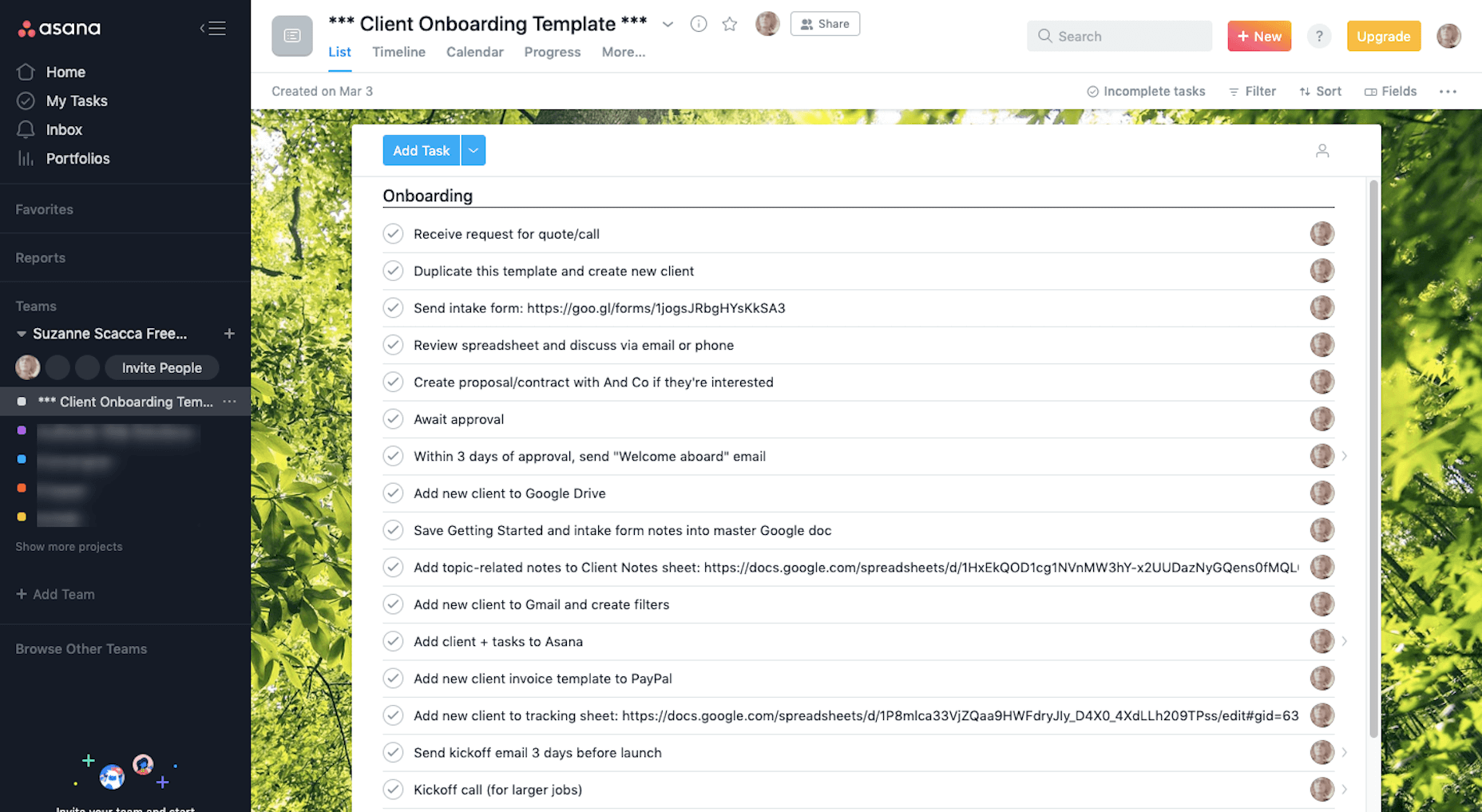
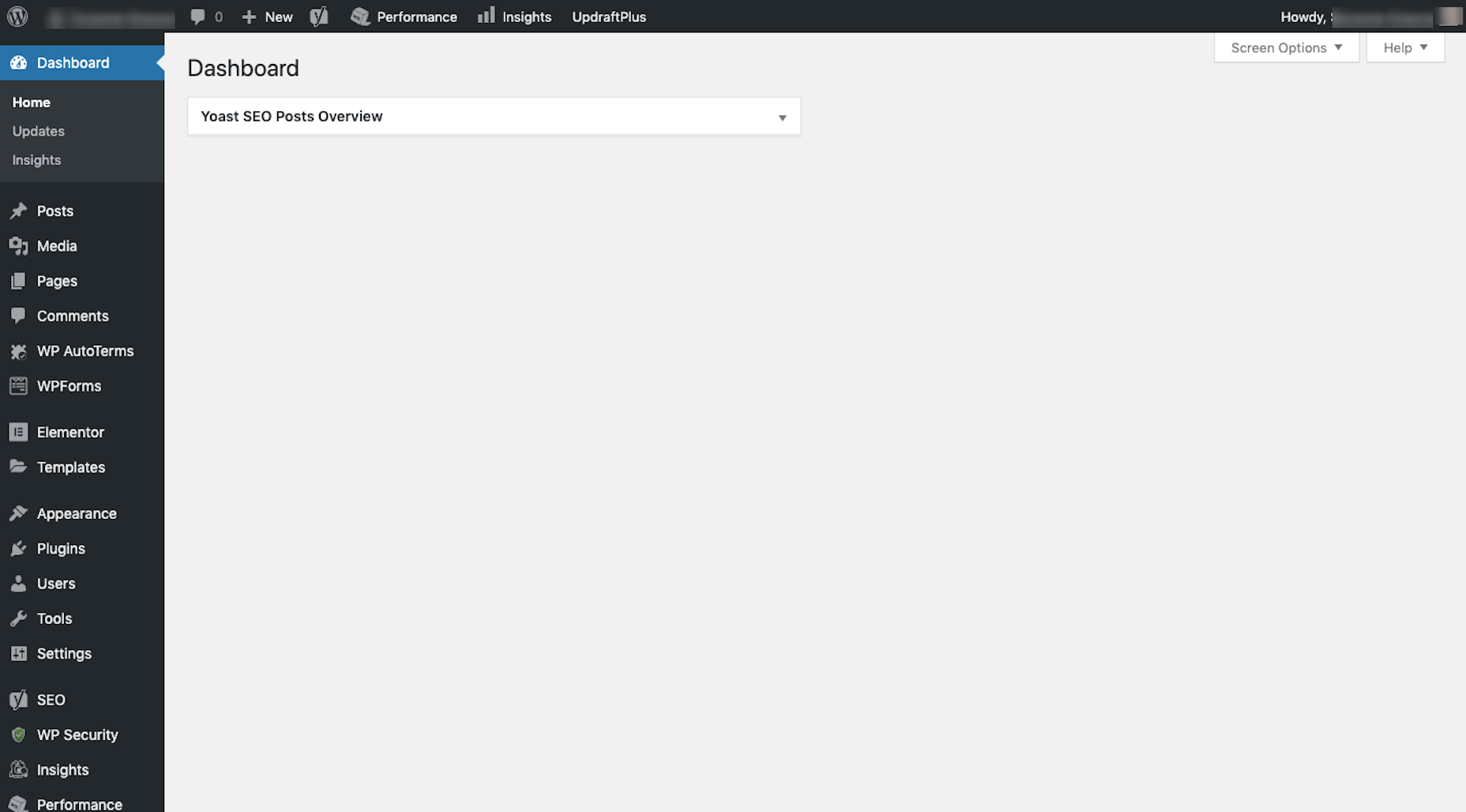


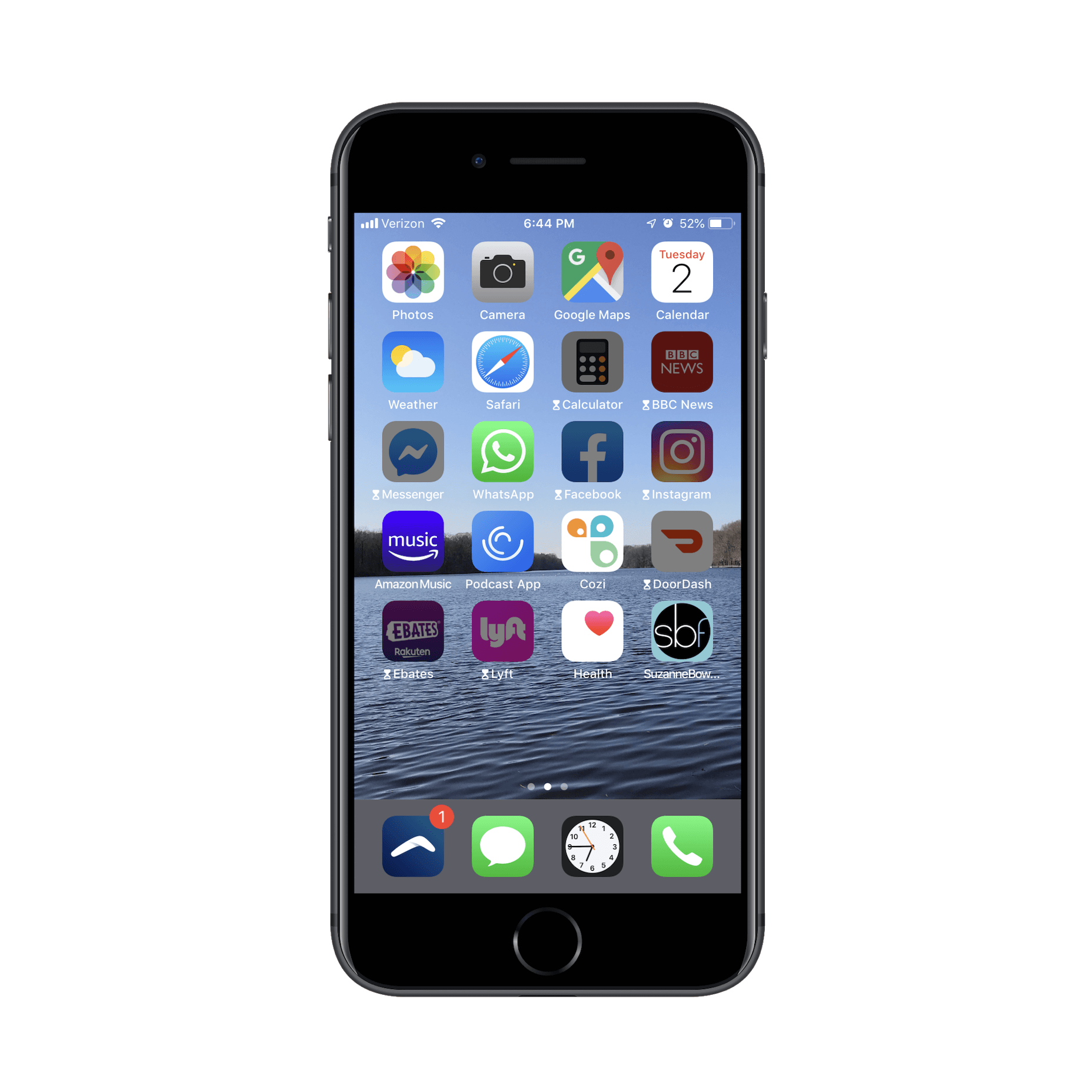
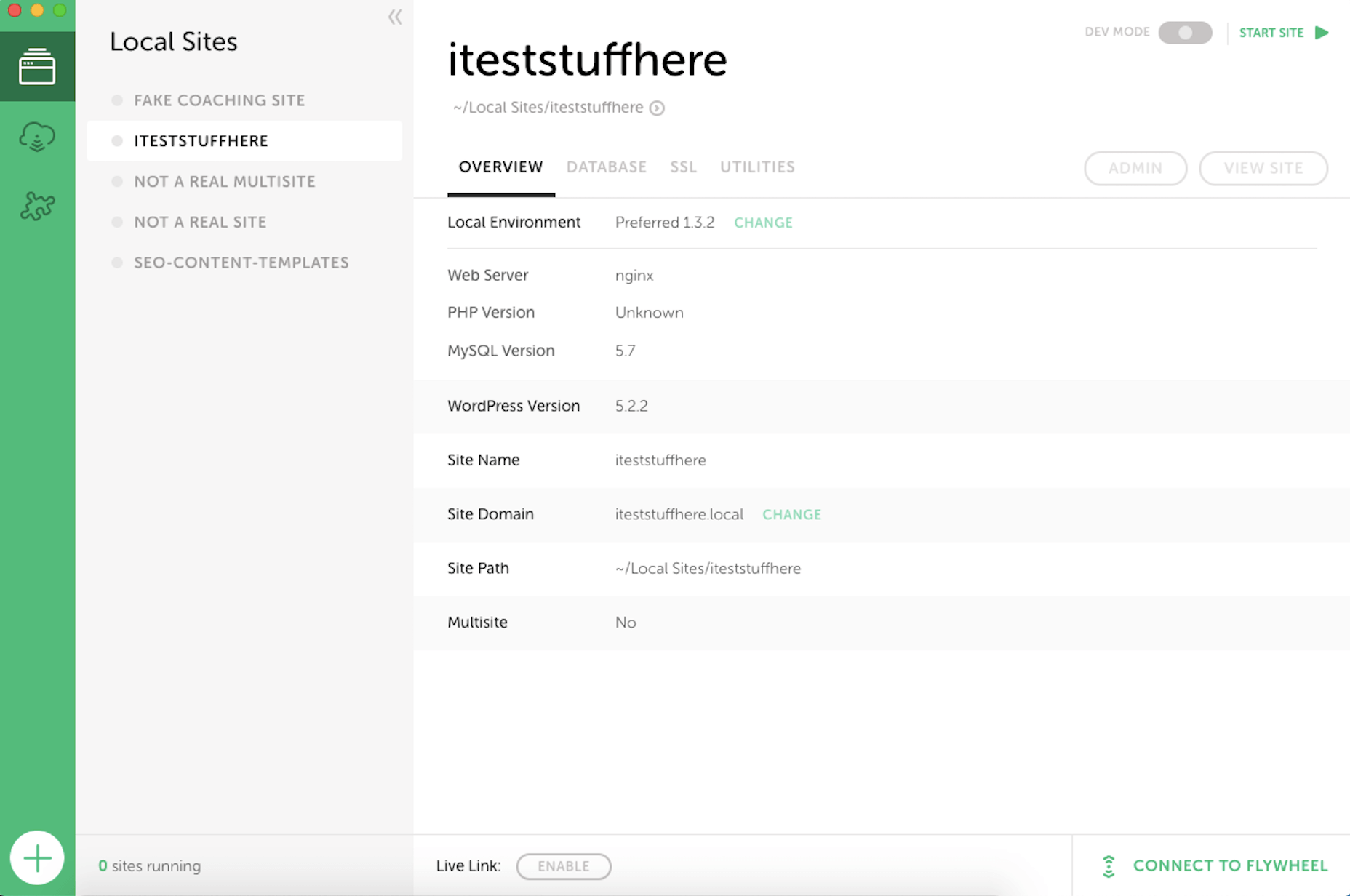
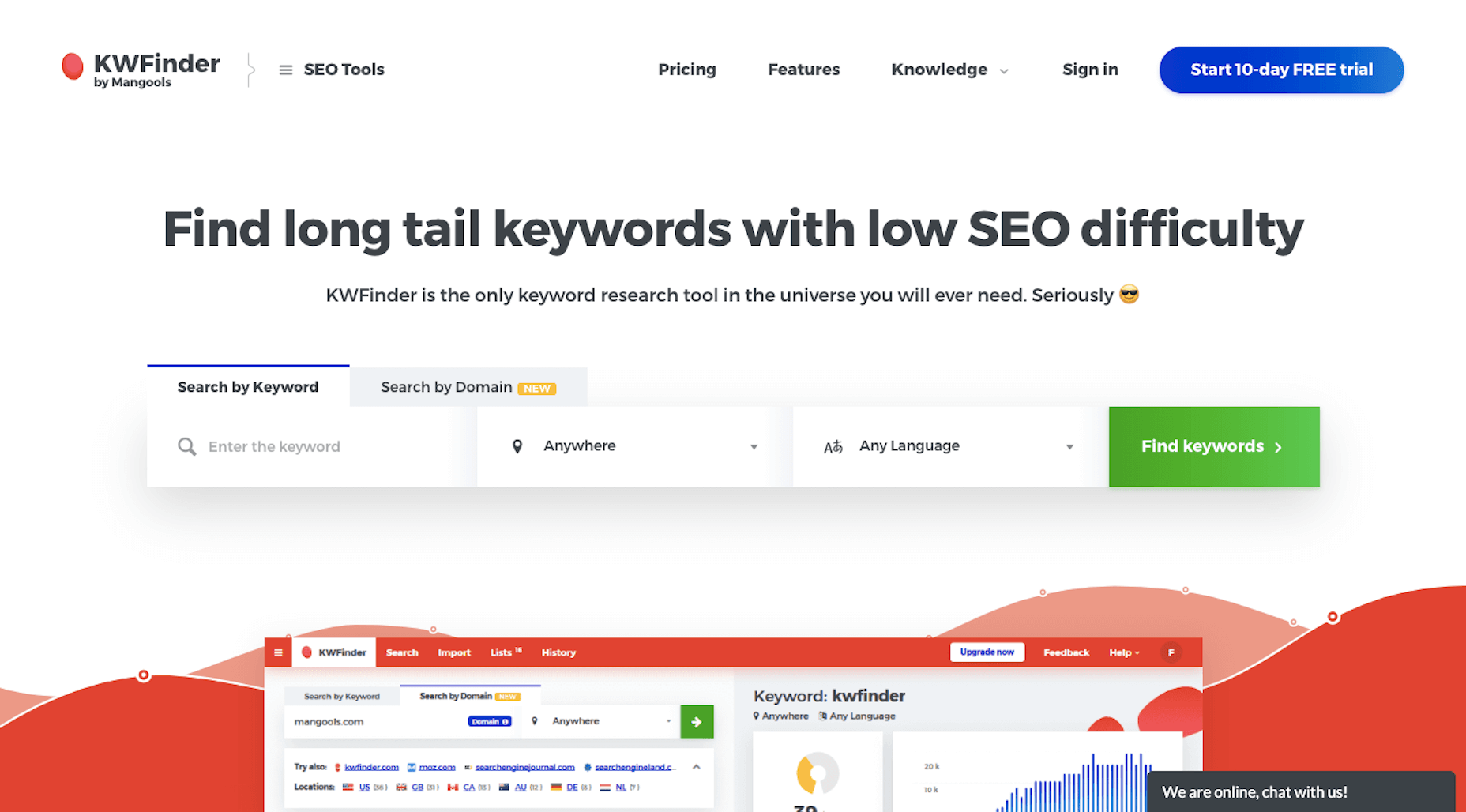
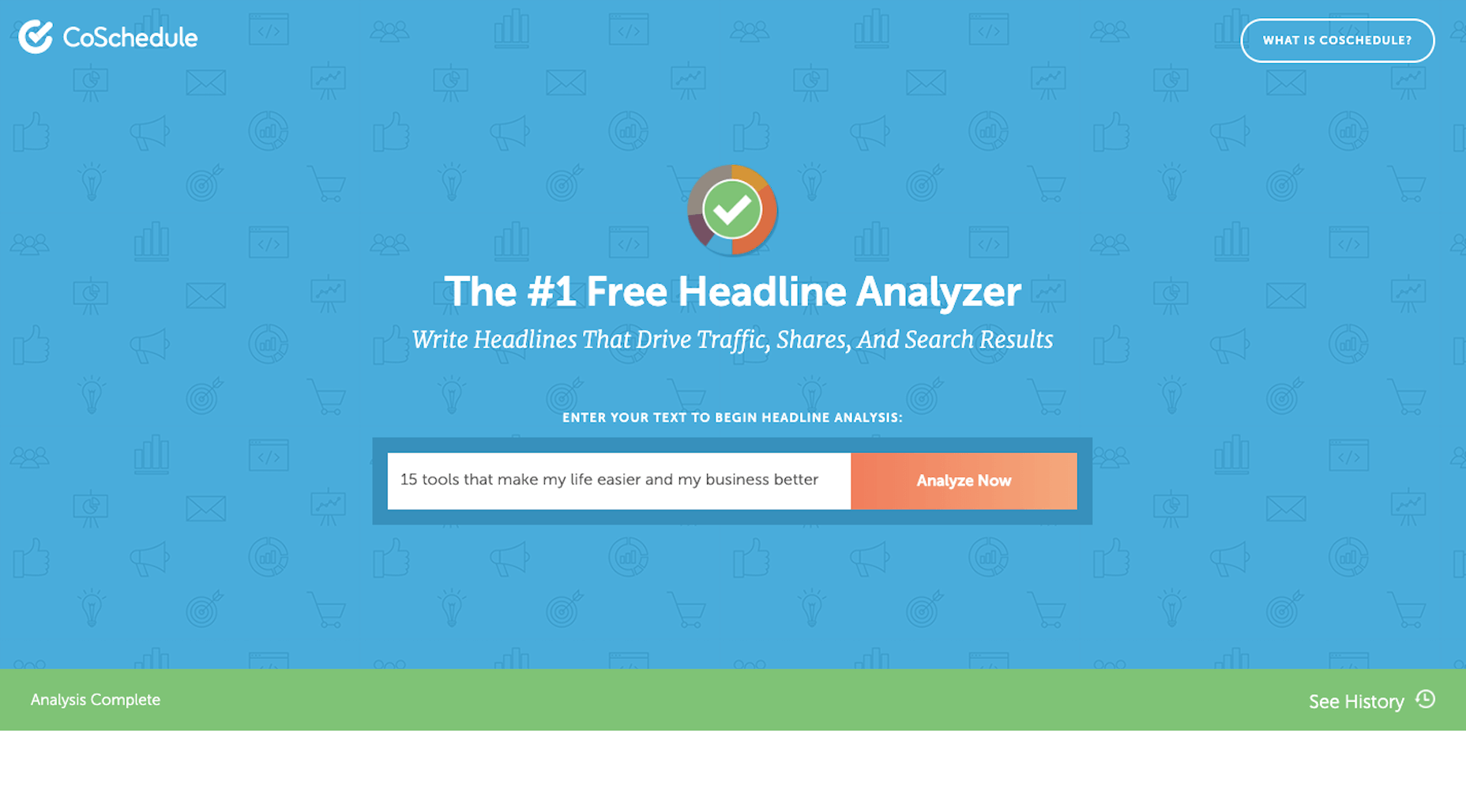
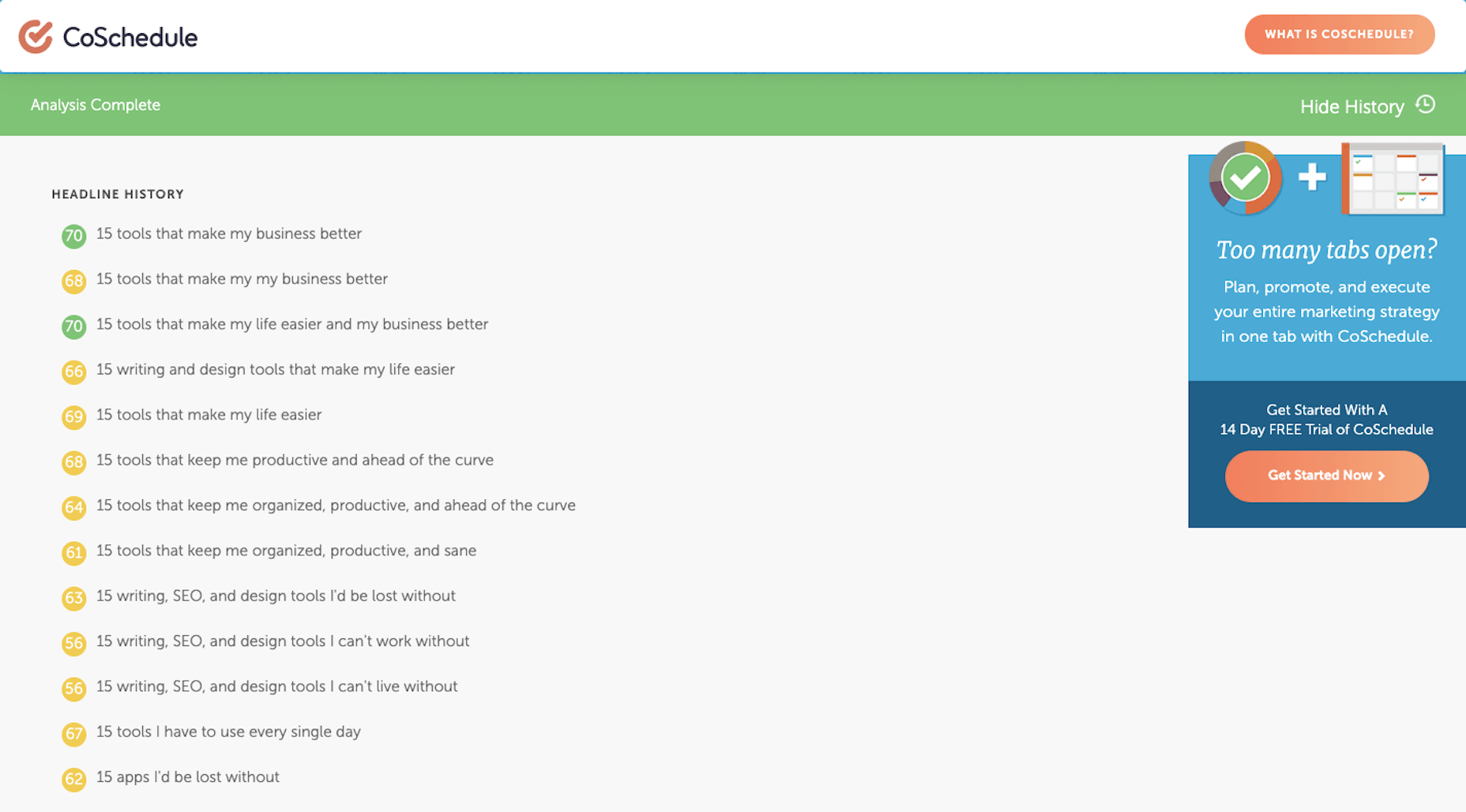
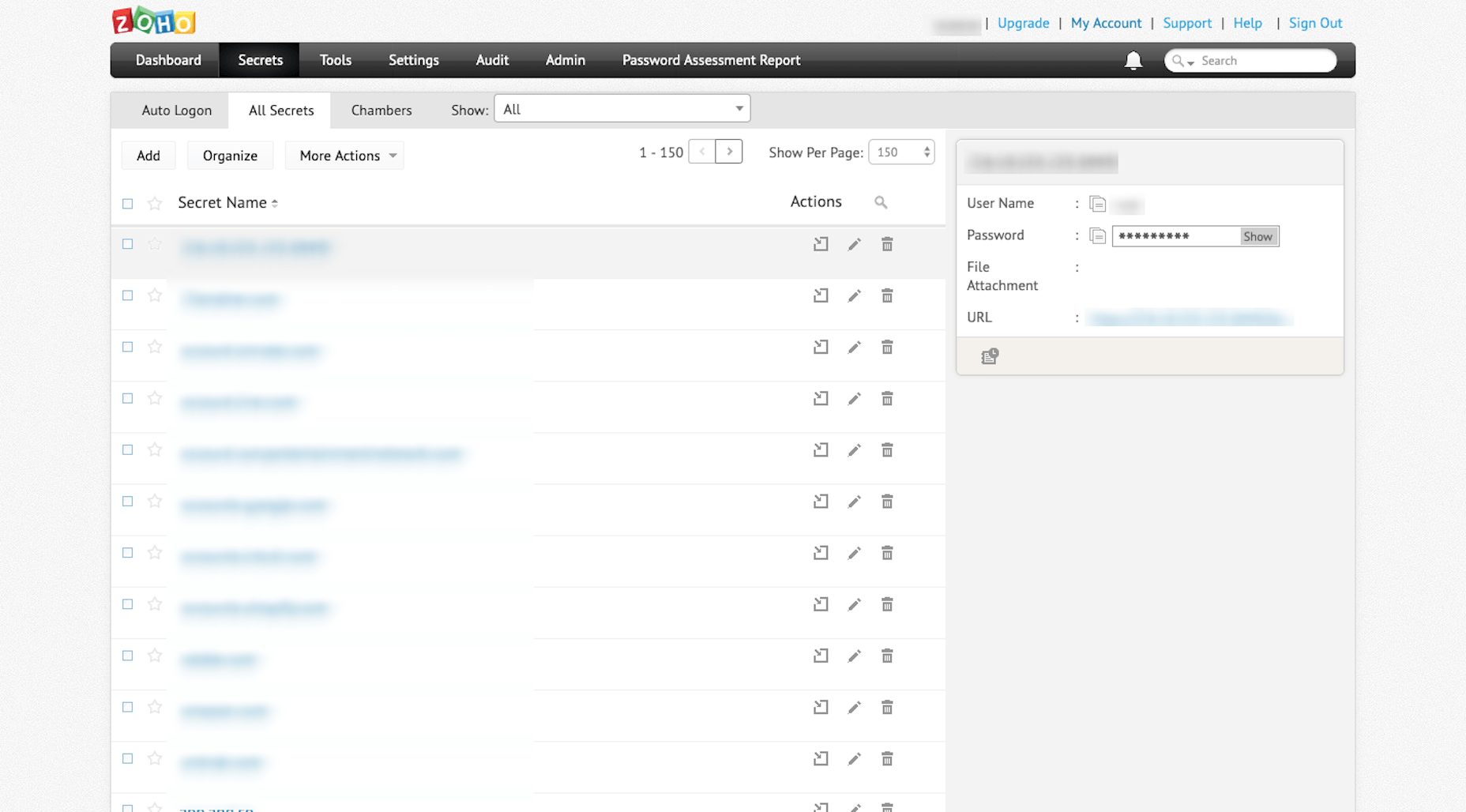
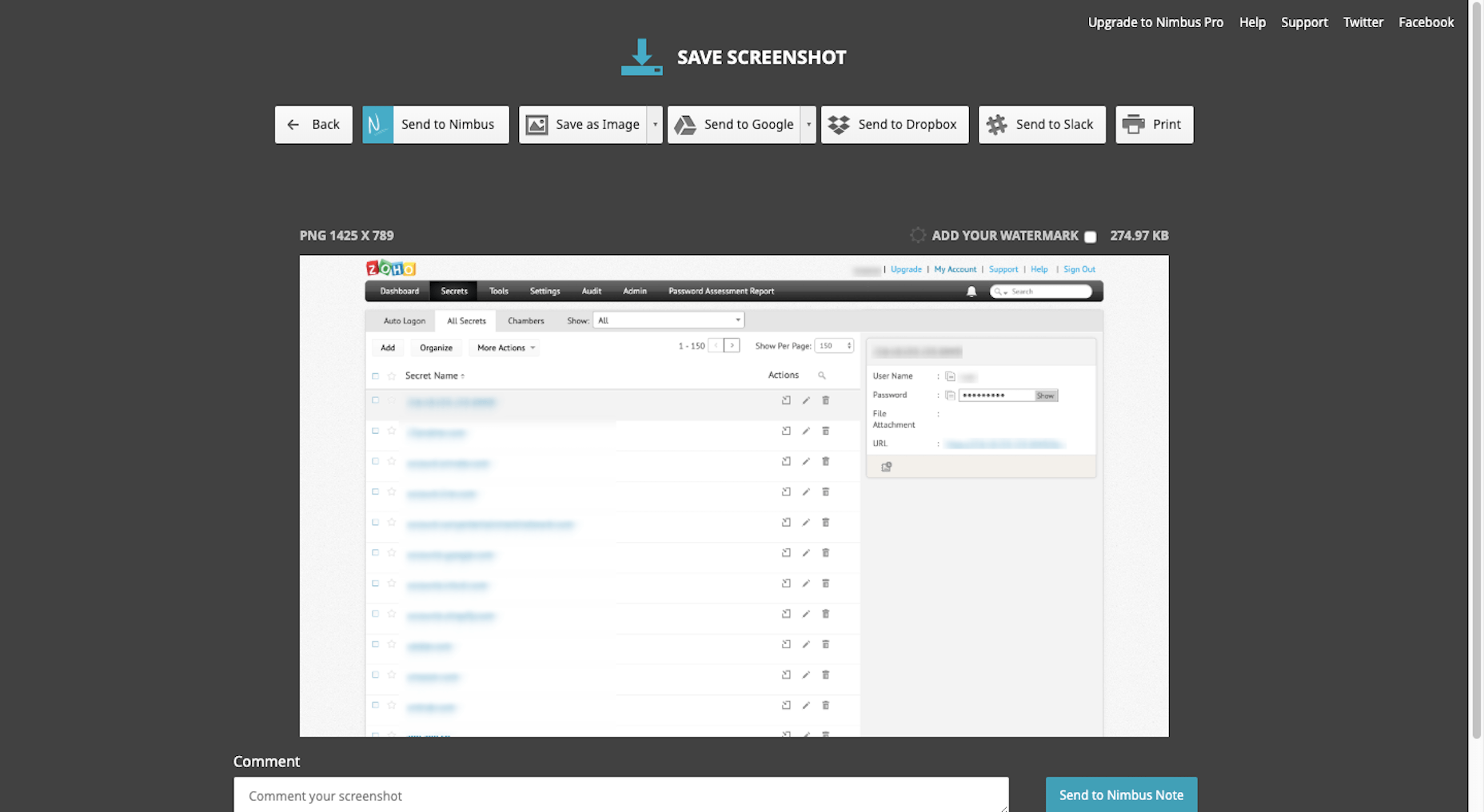
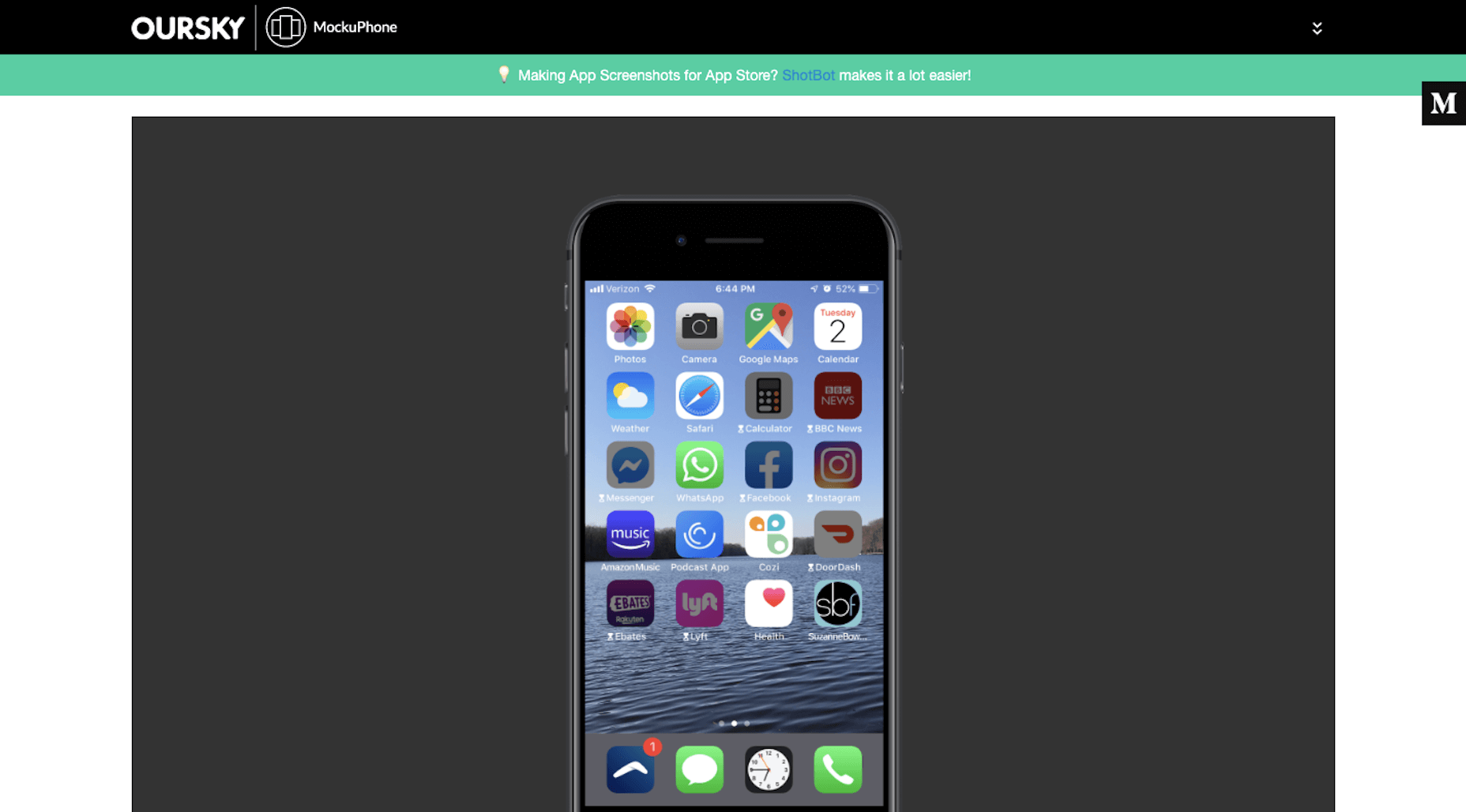
 Every week users submit a lot of interesting stuff on our sister site Webdesigner News, highlighting great content from around the web that can be of interest to web designers.
Every week users submit a lot of interesting stuff on our sister site Webdesigner News, highlighting great content from around the web that can be of interest to web designers. 

